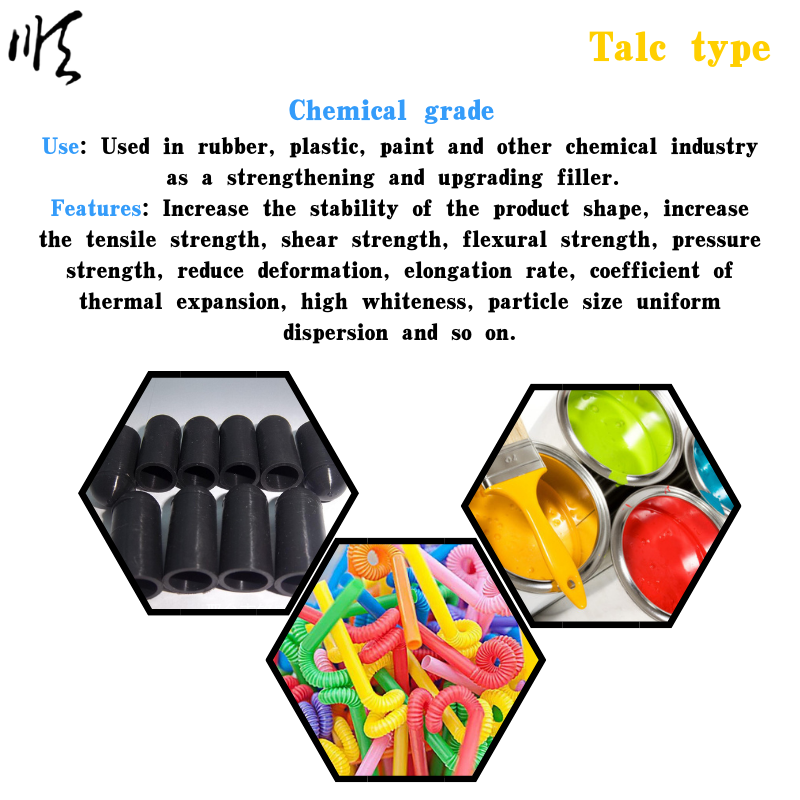
Optimizing High-Performance Welding with Alumina Gas Lens Technology for Improved Arc Stability and Control
The Role of Alumina Gas Lenses in Plasma Welding and Cutting
In the world of welding and cutting technologies, the quest for precision and efficiency is paramount. One significant innovation that has advanced these fields is the development of alumina gas lenses. These components play a crucial role in improving the performance of tungsten inert gas (TIG) welding and plasma cutting processes.
Alumina, or aluminum oxide (Al2O3), is a ceramic material known for its exceptional thermal stability, electrical insulation properties, and high strength. When used in gas lenses, alumina enhances the quality of shielding gas, resulting in a more controlled welding or cutting arc. The design of a gas lens typically involves a cylindrical body made from enhanced aluminum oxide, which filters the shielding gas, promoting a smoother flow around the tungsten electrode and the workpiece.
One of the primary advantages of alumina gas lenses is their ability to provide a laminar gas flow. This controlled gas flow reduces turbulence around the welding arc, which is essential for maintaining a stable welding process. In traditional gas delivery systems, turbulent gas flow can lead to variations in the shielding environment, resulting in oxidation, contamination, and uneven welds. By utilizing alumina gas lenses, welders can achieve a more consistent shielding atmosphere, ultimately enhancing weld quality and integrity.
alumina gas lens

Moreover, alumina gas lenses are particularly beneficial in high-amperage applications
. They are designed to handle elevated temperatures without deforming or degrading, which is crucial for maintaining performance during intense welding operations. The high thermal stability of alumina allows it to withstand the extreme conditions often encountered in welding, such as molten metal splashes and intense heat, ensuring that the gas lens remains effective over extended periods of use.Another notable feature of alumina gas lenses is their ability to support various welding positions—flat, vertical, overhead, and more. The nature of gas flow provided by these lenses allows for consistent shielding, regardless of the angle or orientation of the welding joint. This versatility makes alumina gas lenses a preferred choice for many welders who require reliable equipment that delivers excellent performance across different applications.
The use of alumina gas lenses is not limited to just TIG welding; they also have significant applications in plasma cutting. In plasma cutting, the stability of the arc is critical for achieving precise cuts and minimizing dross. Alumina gas lenses contribute to improved arc stability and focus, allowing for cleaner cuts with less roughness along edges. This is particularly important in industries that require high-quality finishes, such as aerospace and automotive manufacturing.
In conclusion, alumina gas lenses have emerged as a vital component in modern welding and cutting techniques. Their ability to improve gas flow, enhance thermal stability, and provide versatility across various applications makes them indispensable tools for welders and fabricators. As the demand for high-quality welding and cutting processes continues to rise, the role of alumina gas lenses will undoubtedly remain significant, driving innovation and efficiency in the manufacturing and fabrication industries. Their continued development will likely lead to even greater advancements in welding technology, opening up new possibilities for precision and performance in various applications.
Share
-
Premium Pigment Supplier Custom Solutions & Bulk OrdersNewsMay.30,2025
-
Top China Slag Fly Ash Manufacturer OEM Factory SolutionsNewsMay.30,2025
-
Natural Lava Rock & Pumice for Landscaping Durable Volcanic SolutionsNewsMay.30,2025
-
Custom Micro Silica Fume Powder Manufacturers High-Purity SolutionsNewsMay.29,2025
-
Custom Mica Powder Pigment Manufacturers Vibrant Colors & Bulk OrdersNewsMay.29,2025
-
Custom Micro Silica Fume Powder Manufacturers Premium QualityNewsMay.29,2025






